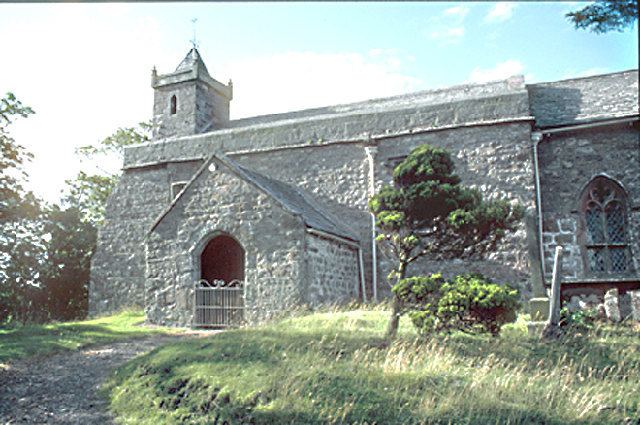OS grid reference NY7209 Sovereign state United Kingdom Dialling code 01768 | Civil parish Crosby Garrett Local time Saturday 9:04 PM District Eden District UK parliament constituency Penrith and The Border | |
 | ||
Weather 6°C, Wind S at 23 km/h, 91% Humidity | ||
Crosby Garrett is a hamlet and civil parish in the Eden District of Cumbria, England. It was formerly in the county of Westmorland.
Contents
Map of Crosby Garrett, Kirkby Stephen, UK
The place-name 'Crosby Garrett' is first attested in a document of 1200, where it appears as Crosseby, and in another of 1206, where it appears as Crossebi Gerard. The first name is Old Scandinavian Krossa-byr, meaning 'village or homestead with crosses'. 'Garrett' is the French personal name 'Gerard', which is ultimately of Germanic origin.
In May 2010 the Crosby Garrett Helmet, a copper alloy parade helmet dating to Roman Britain, was discovered near the hamlet by a father and son using a metal detector. The helmet was sold to a private buyer at Christie's later that year for £2.3 million.
Description
The parish contains no settlements of any size other than the village of Crosby Garrett, and much of the parish is on Crosby Garrett Fell to the south-west of the village.
The Settle to Carlisle railway passes through the parish, at the southwestern edge of the village on the 110 yd (100 m) Crosby Garrett viaduct; the village once had a railway station, Crosby Garrett station, which closed in 1952.
The parish church of St. Andrew has an Anglo-Saxon chancel, the remainder of the church dates between the 12th and 15th centuries. In 2010, a major restoration project was undertaken.
The highest point in the parish is Nettle Hill at 382 m (1,253 ft). 54.4642°N 2.4384°W / 54.4642; -2.4384
Crosby Garrett Helmet
In May 2010 a rare ceremonial Roman helmet was discovered by an unnamed metal detectorist not far from a Roman road near the hamlet. The copper-alloy helmet with integral mask, with the appearance of a youthful male face, and a griffin crest, is only one of three recorded finds of its kind in Britain.
